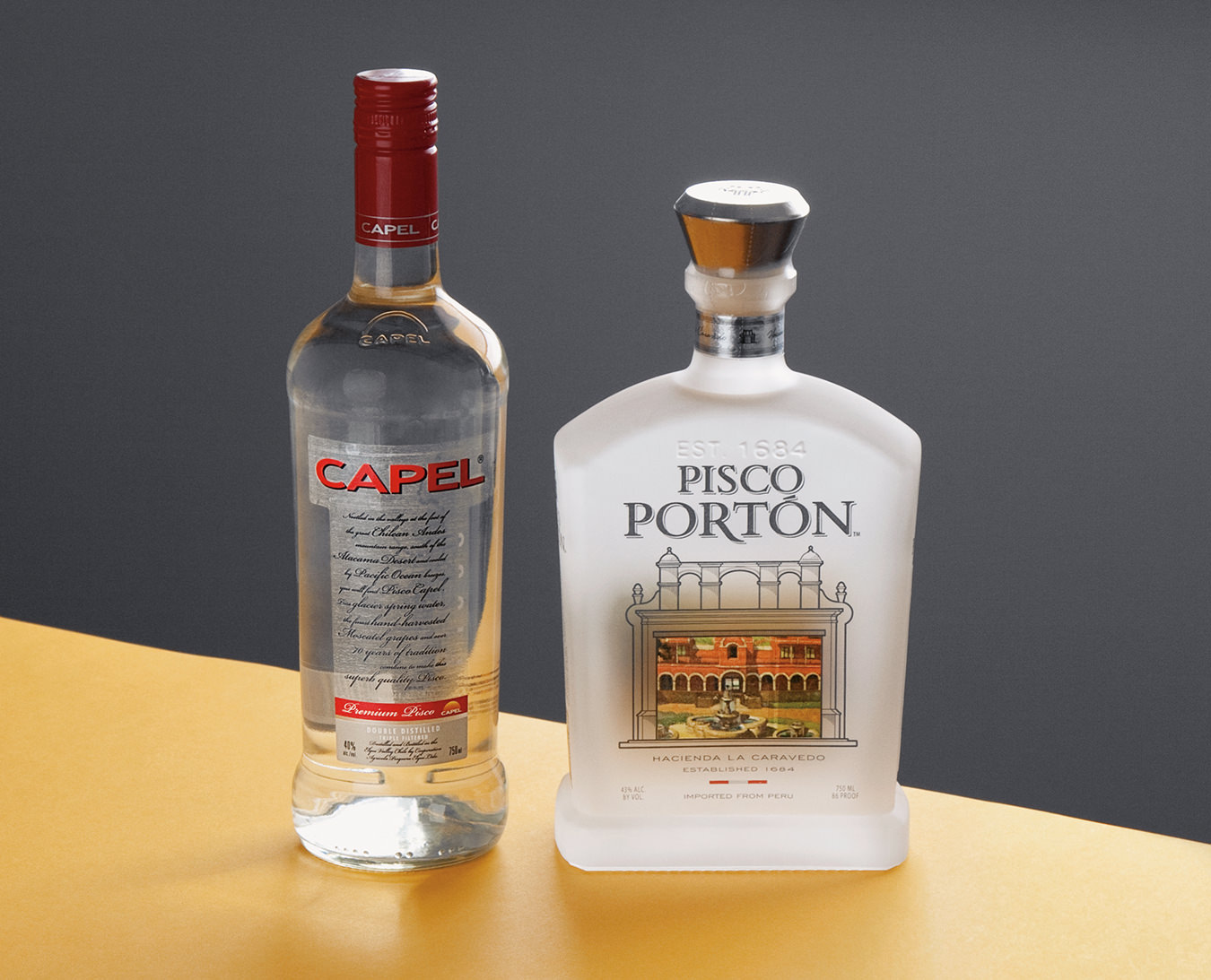SakéOne Craft Brewery
Oregon’s own.

With notes as varied as kiwi, vanilla, and anise, and consistencies ranging from cloudy to clear, saké is as rich in character and culture as traditional wine—but that’s often lost in translation. When fermented rice wine first entered the North American market it was with an abundance of mid-range product, most of which was served hot in tiny cups meant to be shot back quickly. Oregon’s SakéOne brewery is on a mission to change that mindset, one chilled glass at a time.
“Think of it this way: for America the most popular beer is Bud Light or Miller Lite, and you’re going ‘Yeah, but that’s not the best-tasting beer,’—well, it’s the same thing for saké,” says SakéOne head brewer and saké master Greg Lorenz at the company headquarters in small-town Forest Grove, Oregon, not an hour’s drive west of Portland. With three premium labels made on-site—“g”, Moonstone, and the best-selling Momokawa—SakéOne is a frontier brand, pioneering made-in-America saké.
SakéOne was founded in 1992 as an import business, Momokawa Saké, which brought Japanese rice wine to a burgeoning U.S. market. As consumer demand grew the original owners, Grif Frost and Tohru Murai, realized that Oregon’s high-quality water made it an ideal place for production; the first Oregon-made bottles came off the line in 1998. Today, SakéOne is one of just six saké breweries in the U.S. It still imports seven brands of fine Japanese saké, offers tastings (chilled, almost never hot) and tours at its Forest Grove kura (“brewery” in Japanese), and produces 12 different types of award-winning Oregon craft saké.
Having been in the business for over a decade, Lorenz is well-versed in the language of saké. “If you have beer, you have a beer language. Wine has a wine language. They all have their own particular jargon and script,” he explains. “Like most genres, making saké is very technically precise—I’m still learning.”
There is much to learn. The sacred drink is widely believed to have become popular during the Nara period (AD 710 to 794) in Japan. The mixture brewed from rice, water, and kōji mould started turning up at religious ceremonies, and was frequently sipped with family on important occasions. Fast-forward to the 20th century, when the Second World War’s rice shortages meant the brewing process changed—pure alcohol and glucose were now added to the rice mash to increase yield. But good breweries today maintain the strict, high-quality standards of the original elixir.

Like with beer-making, the starch for saké is converted to sugar before it is turned into alcohol. The result is a product with higher alcohol per volume and a full spectrum of nuanced flavours and hues ranging from clear to cloudy, sweet to dry. SakéOne’s Forest Grove kura represents a morphing of two cultures. Some technology is imported from Japan, such as the mill (“a big, huge, powerful machine that is doing something very delicate,” says Lorenz. “You see, it’s polishing the rice, and we don’t want to crack and break the rice”) to the custom wine tanks, which are made locally in Oregon.
All of Momokawa’s rice (save for the organic rice used in two different brews) is grown in California’s Sacramento Valley at Thompson Farm. The saké-making process begins with a thorough 24-hour polishing of that rice in the mill: stringent standards allow for 40 per cent of the grain to be milled away at this stage, leaving 60 per cent (called ginjo) behind. “What we do is called junmai daiginjo, which puts us in the junmai-premium class,” explains Lorenz. “There is still another, ultra-premium level above that where Japan goes.”
Next, rice is washed, soaked in a water tank, and then layered 15 centimetres deep to be carefully steamed—undercooked rice will not ferment fully, just as overcooked rice will ferment too quickly. The kōji mould microorganism (Aspergillus oryzae) is then added to the rice mixture in a fragrant, cedar-lined room. The mould converts the starch into sugar, the ideal growing environment for the yeast, which is then hand-stirred into the mixture for further fermentation. Once complete, sediment is filtered out and the saké is pasteurized and bottled into the label’s signature coloured glass vessels: blue for Momokawa and Moonstone; green for Momokawa Organics; and black for “g”.
SakéOne is also helping to open the door for saké consumers on this side of the Pacific by trying to define North American flavour profiles. “It’s amazing how different they are. Every once in a while we’ll find a characteristic of saké that is a minor player in Japan but is a major player here,” says Lorenz. “One of those big ones is the cloudy saké called nigori.” Considered more of a beginner’s saké in Japan, it is called a classic or an antique style, and the sediment delivers a signature creaminess and, sometimes, a characteristic hint-of-vanilla flavour. “There’s another one that we import called Sayuri [from Hakutsuru Saké]—we sell the bejeebers out of it,” he says.
One of SakéOne’s top sellers is a creamy nigori saké called the Momokawa Pearl: the cloudy, partially filtered wine is produced in the genshu style (no water is added after brewing) and has a bold profile and tropical flavours. Another lovely bottle is the Moonstone Asian Pear saké, which is full-bodied, clean, and fruity. Serving suggestion? Poured cold and sipped slowly, preferably beneath a cherry tree in bloom.




